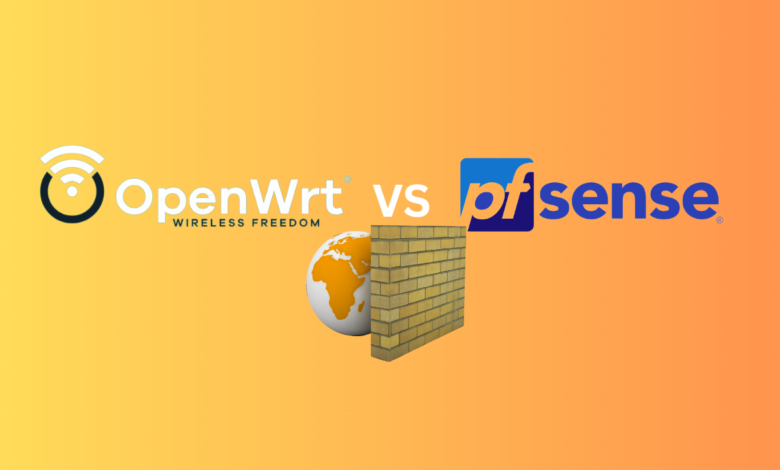
In open-source firewall solutions, there are many options. However, two names frequently appear within the networking community: OpenWRT and pfSense. Both platforms offer a long list of features, yet their implementation and usage vary significantly. This comparison of OpenWRT vs pfSense aims to give a good overview of the differences and similarities to help you compare the two solutions.
What is OpenWRT?
OpenWRT, an open-source operating system based on the Linux kernel, is specifically designed for embedded devices, particularly wireless routers and access points. It targets embedded devices to fully customize the router firmware, a feature lacking in many existing routers. Thanks to the available packages and robust package management system in OpenWRT, users can configure their home router to their exact specifications.
With wireless support for various types of devices, OpenWRT provides a comprehensive solution for network management. It supports a wide range of router models and other supported devices, making it a flexible choice for both home and enterprise use. Notably, users can run OpenWRT on both DD-WRT and other Linux-based router firmware, enhancing its versatility.
What is pfSense?
In contrast to OpenWRT, pfSense, a FreeBSD-based open-source firewall solution, specifically targets networking hardware for the primary purpose of operating as a firewall and router.
The pfSense firewall rules and configuration offer advanced features, including multi-WAN functionality, VPN support, and unified threat management. It is available in two versions: pfSense Community Edition, which is free, and a commercial version with additional support and features.
pfSense’s user interface is easy to navigate, making monitoring and managing complex networking tasks simpler. With the advantage of being a full-featured firewall, pfSense offers more comprehensive network security features than OpenWRT, including intrusion detection systems and advanced VPN options.
The open-source operating system also supports various types of hardware, making it a practical choice for many users.
Key Differences between OpenWRT vs pfSense
Although the functionality of OpenWRT and pfSense may seem extremely similar, key differences exist between the two.
OpenWRT
OpenWRT primarily functions as a highly customizable router firmware for embedded systems, offering a wide array of packages that allow for customization and flexibility. Its Linux kernel base and focus on wireless support make it a solid choice for home routers and small-scale networking setups.
However, it is important to note that OpenWRT can be loaded on a wide range of virtualization environments. Note the following official documentation links. However, it does “feel” like the OpenWRT solution in a virtualized environment is a bit on the edge of supported.
Below is an instance of OpenWRT running inside a VMware vSphere 8.0 ESXi VM:
After logging into the OpenWRT interface.
pfSense
On the other hand, pfSense, with its extensive firewall rules and advanced security features, is more suitable for larger networks requiring comprehensive security measures. It has a very tried and tested, robust feature set, multi-WAN, and advanced VPN options, making it a powerful tool for complex networking tasks.
After logging into the pfSense interface.
The pfSense user interface, while more complex than OpenWRT’s, offers advanced network management capabilities that are out of the realm of what OpenWRT was intended to do.
Choosing the Right Solution: OpenWRT vs pfSense
When comparing OpenWRT and pfSense, the choice depends on the specific requirements of your network. For a smaller network or a home router setup, OpenWRT’s flexible package management and support for a wide range of devices make it an attractive choice for these commodity-embedded systems.
OpenWRT will add many additional capabilities and features on a consumer-grade router or all-in-one device. With the ability to upgrade and customize your router firmware, OpenWRT allows you to make the most out of your existing hardware, such as consumer-grade wireless routers where you want a lot more functionality than the factory-installed image. However, as mentioned, you can also load it in a Docker container or virtual machine instead of a dedicated hardware device.
In contrast, if your network requires a robust, enterprise firewall solution, pfSense is the better option. The advanced security features and comprehensive firewall rules arguably offer a higher level of protection IMHO, making it more suitable for enterprise networks or networks handling sensitive data.
The Flexibility and Customizability of OpenWRT
OpenWRT stands out with its flexibility and customizability thanks to its extensive package management. Users can customize their router firmware to their specific needs, making it an excellent choice for those seeking a hands-on approach to their network setup.
As it runs on the Linux kernel, it supports a wide range of hardware and is compatible with various wireless devices. It’s also a solid choice for wireless support, given its compatibility with numerous wireless routers and access points.
The Security and Robustness of pfSense
In contrast, pfSense is a robust and powerful firewall solution. With advanced firewall rules and comprehensive security features, it provides a high level of network security. While more complex than OpenWRT’s, the user interface offers greater control and visibility over network configurations and security settings.
Moreover, the pfSense Community Edition offers these extensive features free of charge, making it an affordable choice for those looking for a secure, feature-rich network management solution.
Firewall features
The firewall features are where pfSense really shines. It has the robust feel of an enterprise firewall in most respects. In my opinion, it shines above OpenWRT in this area. However, the OpenWRT solution is still very powerful, especially for home users.
One feature I like about OpenWRT is that it has the concept of security zones of many other enterprise firewalls. You can select your zones and add interfaces to those zones, providing a logical grouping of interfaces.
Both solutions give you Firewall, NAT, port forwarding, etc.
VPN features
Both solutions do have VPN built-in and you can add additional packages like Wireguard and OpenVPN. There are many options on the OpenWRT side for this and a more streamlined set of options for pfSense.
The pfSense solution has a bit more of a stable and known feel to the solutions here. While the community options are great, the pfSense firewall solutions feel more sanctioned on this front.
Third-party software and packages
Both OpenWRT and pfSense offer the ability to add packages to the solution. OpenWRT has a vast number of third-party software you can add. Also, pfSense has a large number of solutions as well.
After updating the list of packages, you will see a list of available solutions populated.
Searching for ad blockers.
Looking at pfSense packages.
The pfSense pfBlocker solution used for blocking ads, etc.
FAQs: OpenWRT vs pfSense
1. Can I run OpenWRT on any router?
OpenWRT supports a wide range of devices, including routers, access points, and even some embedded systems. However, checking the list of supported devices on the OpenWRT website is recommended to ensure compatibility.
2. Is pfSense a good choice for my home router?
While pfSense can certainly be used for a home network, it might be overkill for some users due to its extensive feature set designed for enterprise-level networks. However, for users who want advanced features like VPN, VLAN, and extensive firewall rules, pfSense can be a great option.
3. How does the user interface of OpenWRT compare to pfSense?
OpenWRT has a relatively straightforward user interface, while pfSense’s user interface is more comprehensive, offering more control over the network configuration and firewall settings.
4. Can I customize my existing routers with OpenWRT?
Yes, one of the key advantages of OpenWRT is its ability to customize the firmware of existing routers. This can help you unlock more features and better control over your network.
5. What’s the main advantage of pfSense over other firewalls?
pfSense offers a full range of firewall features, including multi-WAN, VPN, VLAN, and advanced firewall rules. Plus, its user interface provides comprehensive control over these features.
Wrapping up: OpenWRT vs pfSense
Both of these open-source solutions are great. OpenWRT may be your choice if you want lightweight, customizable router firmware for embedded devices. However, if you require a robust firewall for more complex networks, pfSense might be the more suitable option with its extensive security features and robust user interface. It is also probably better if you run your firewall in a hypervisor solution, as OpenWRT feels a bit hacky to run this way.
It’s also worth noting that while OpenWRT vs pfSense are different, they share a common goal: to provide users with control over their network. Both OpenWRT and pfSense offer users the freedom to customize and configure their network setup to meet their specific needs.


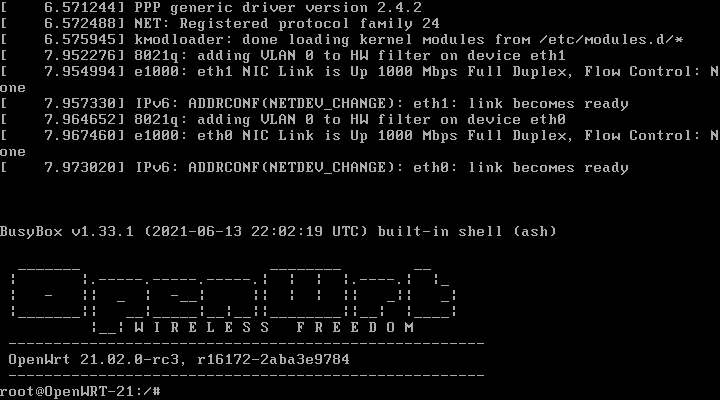
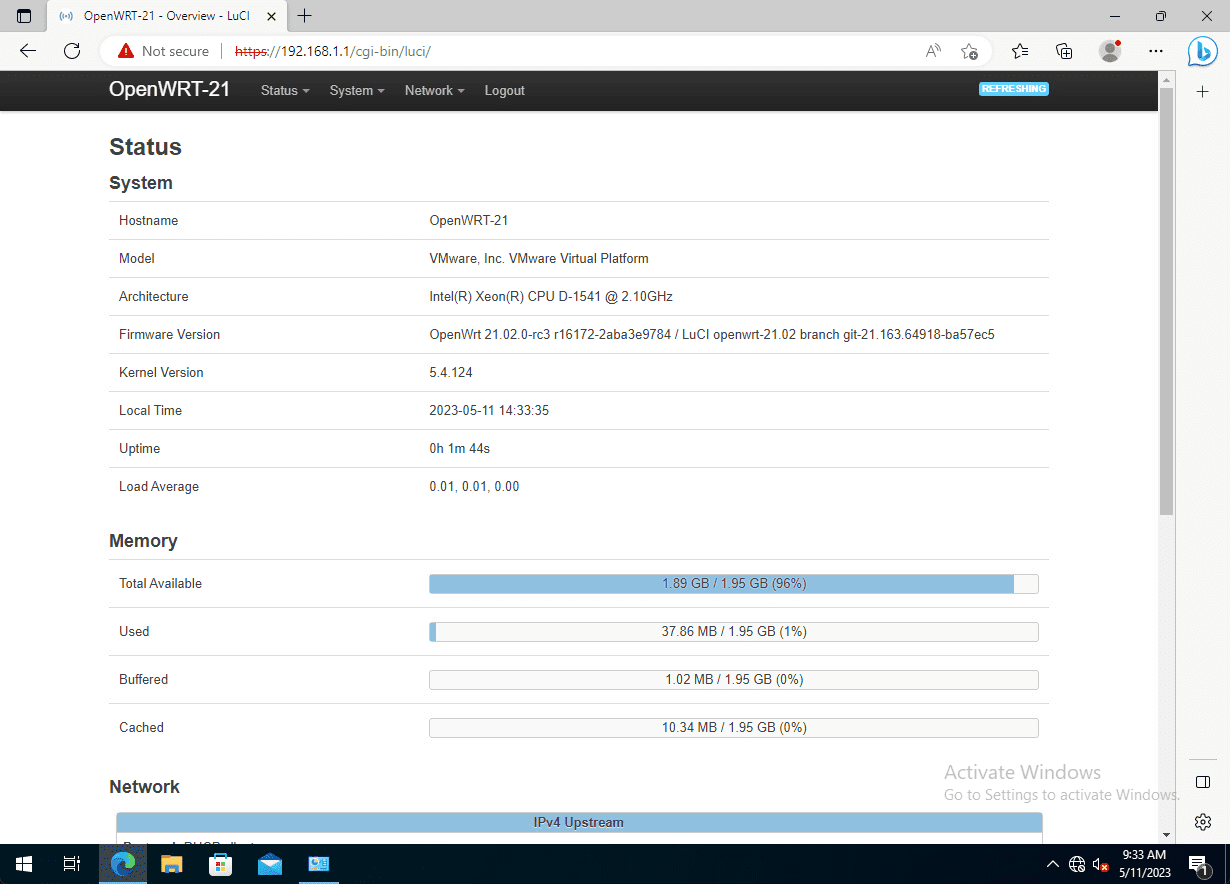
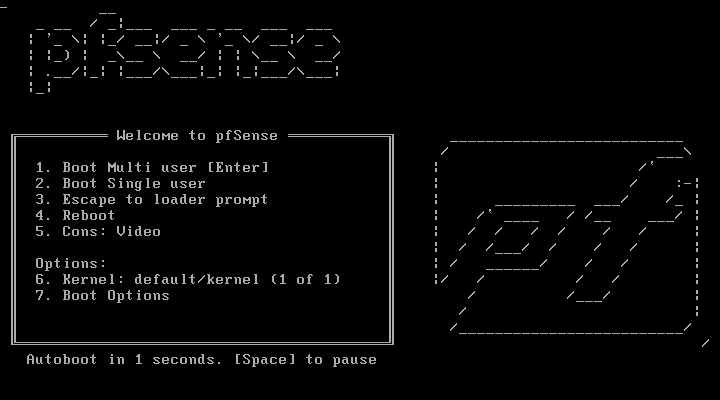
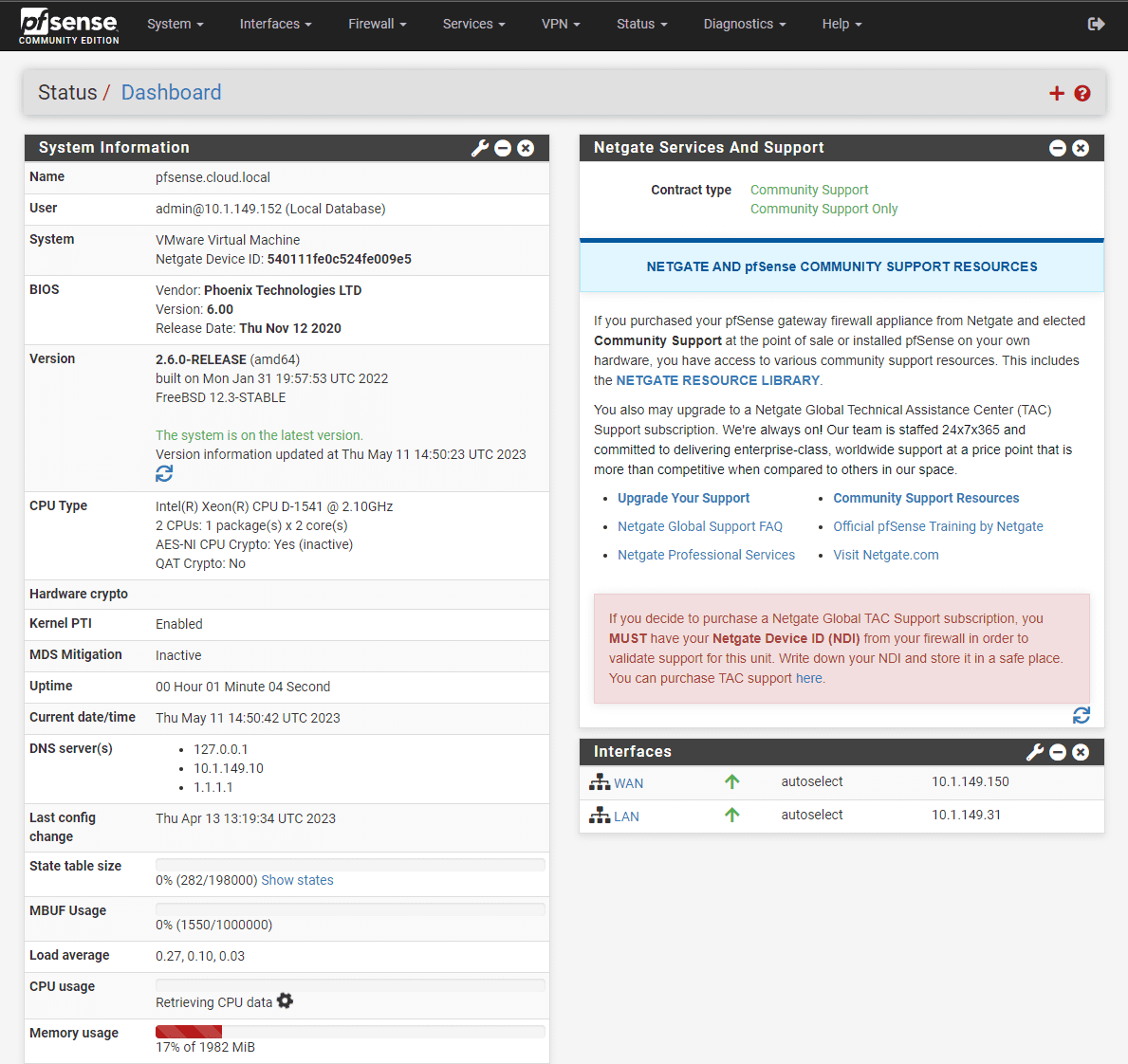
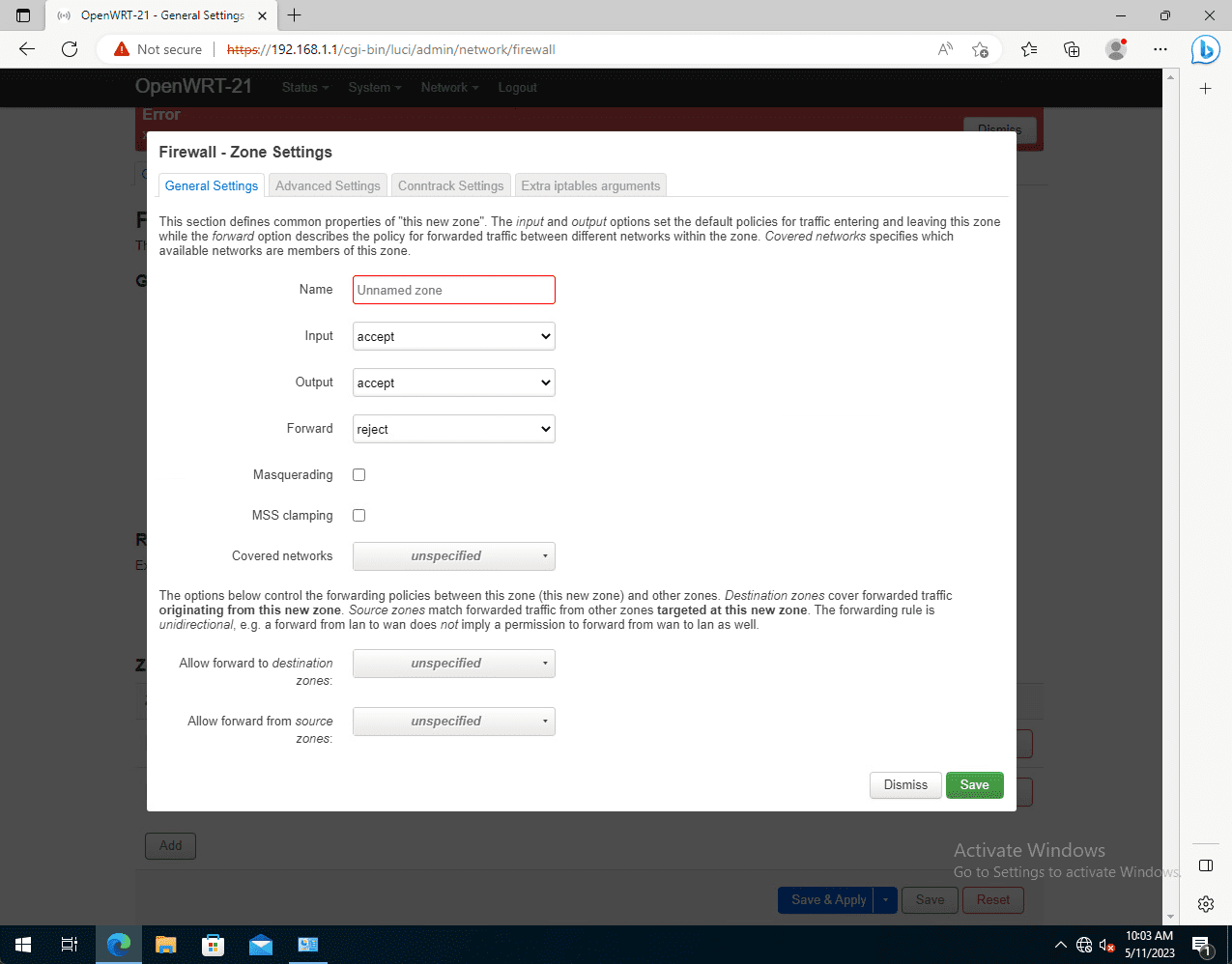
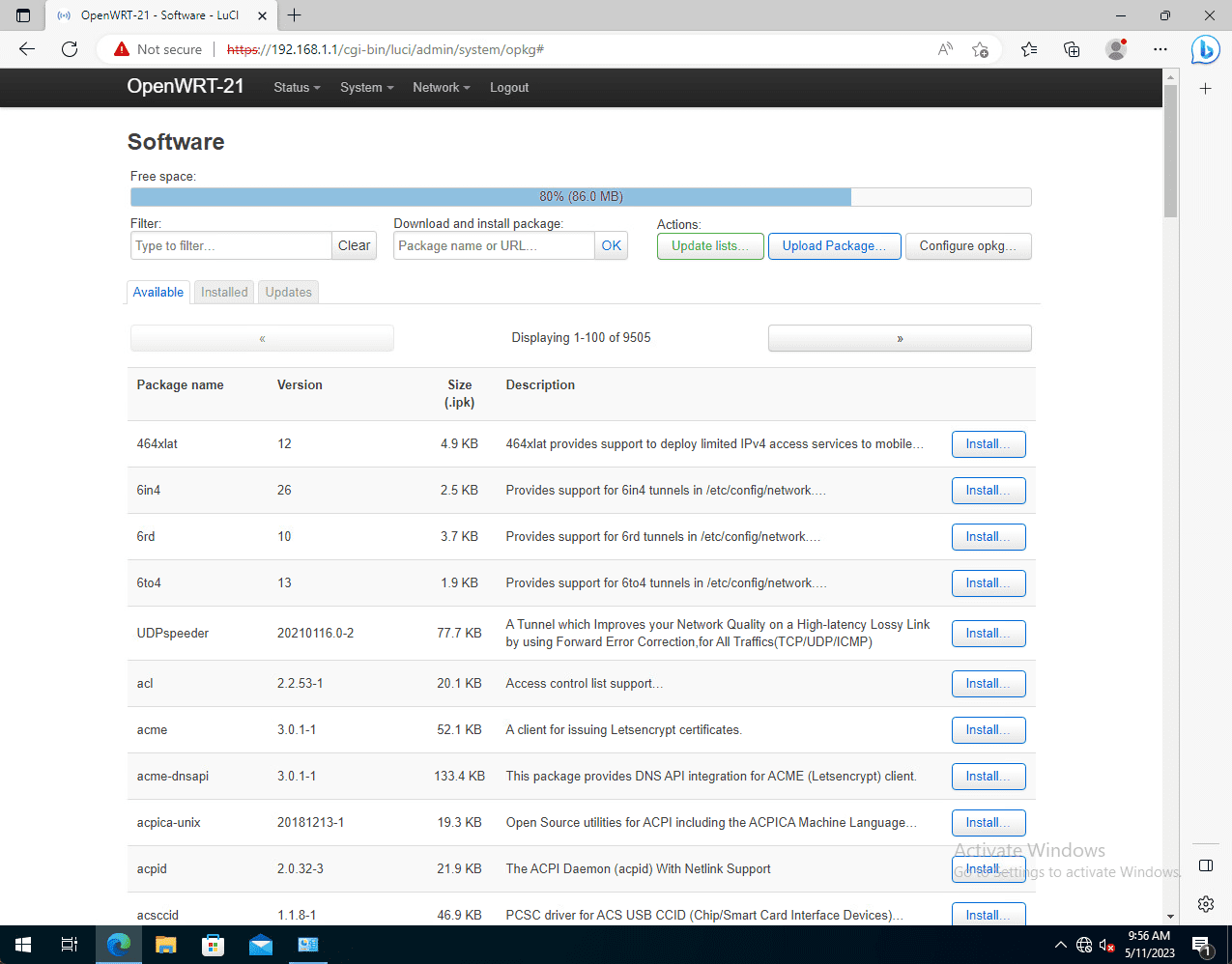
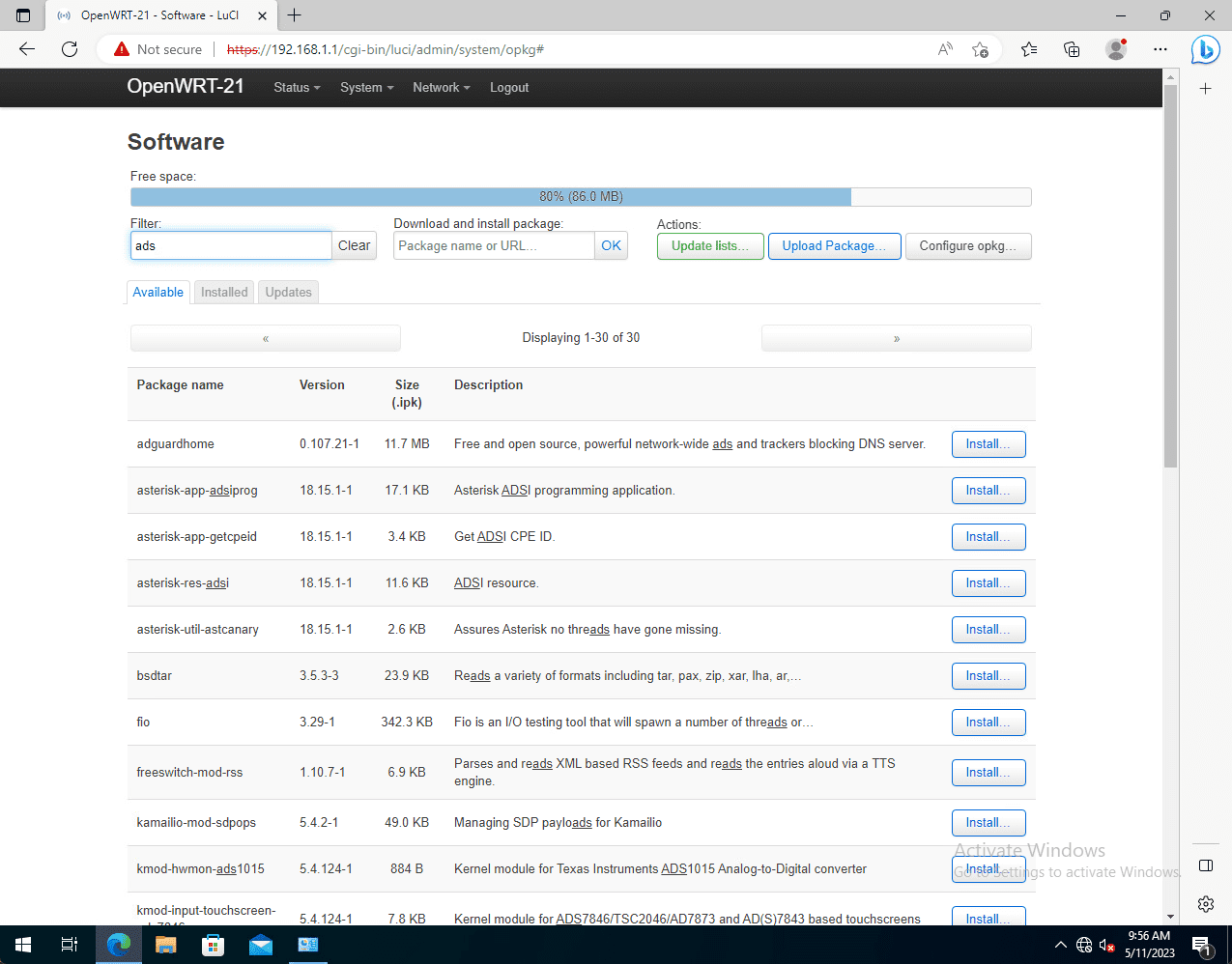
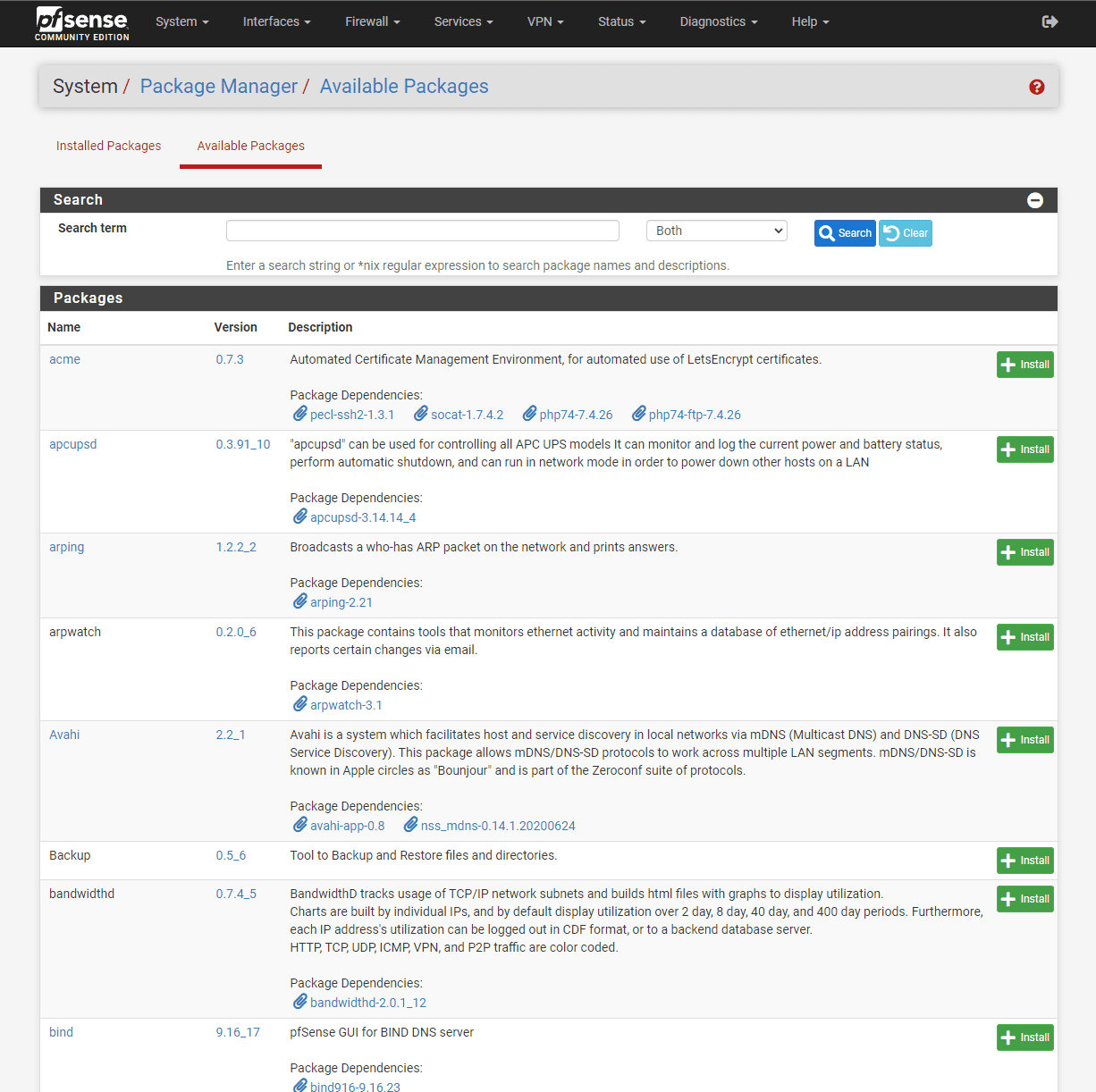
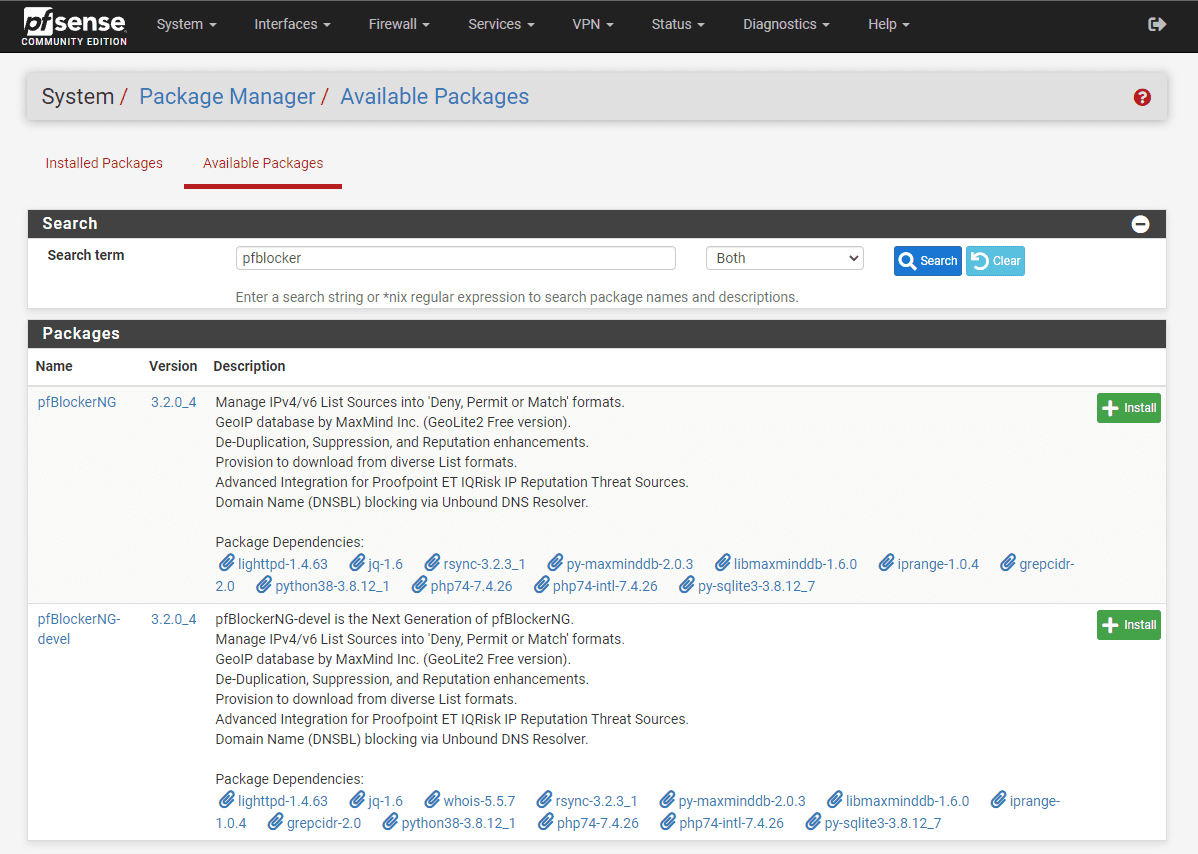
0 Comments